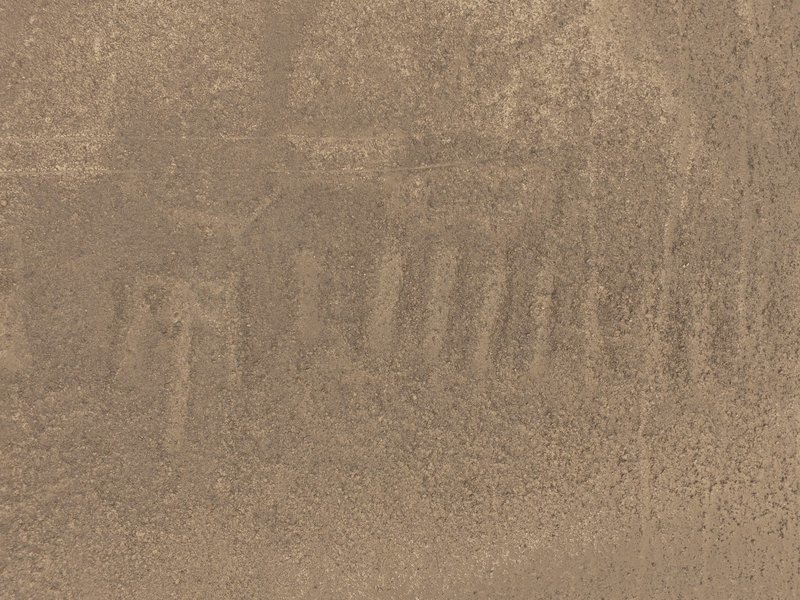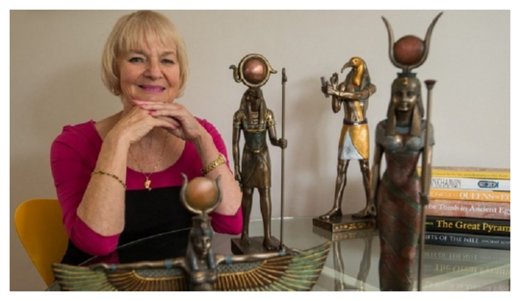OF THE
TIMES
After visiting the Middle East, he bluntly accused Israel of "militarism" and the "domestic repressions" of Palestinians. His remarks angered many American Jews. "Let us call this by its right name," wrote Rabbi Arthur Hertzberg, himself a contentious figure among religious scholars: "old-fashioned theological anti-Semitism."The Boston Globe, too.
Father Berrigan's involvement with politics did not end with his release from prison. He drew widespread criticism for a 1973 speech denouncing Israel.Sadly the Times did not quote from the speech in any fair measure. Here is the NYT's coverage of Berrigan's speech to the Association of Arab University Graduates in Washington 1973. The Times article came out two months after the speech, when Jewish organizations had made it controversial, and sought to have Berrigan stripped of honors for the remarks; after they were printed in a publication of the Clergy and Laity Concerned group.


Comment: For more in-depth information on how the rise and fall of civilizations are linked to catastrophic earth events and how the human mind and states of collective human experience can influence such cosmic and earthly phenomena, see: